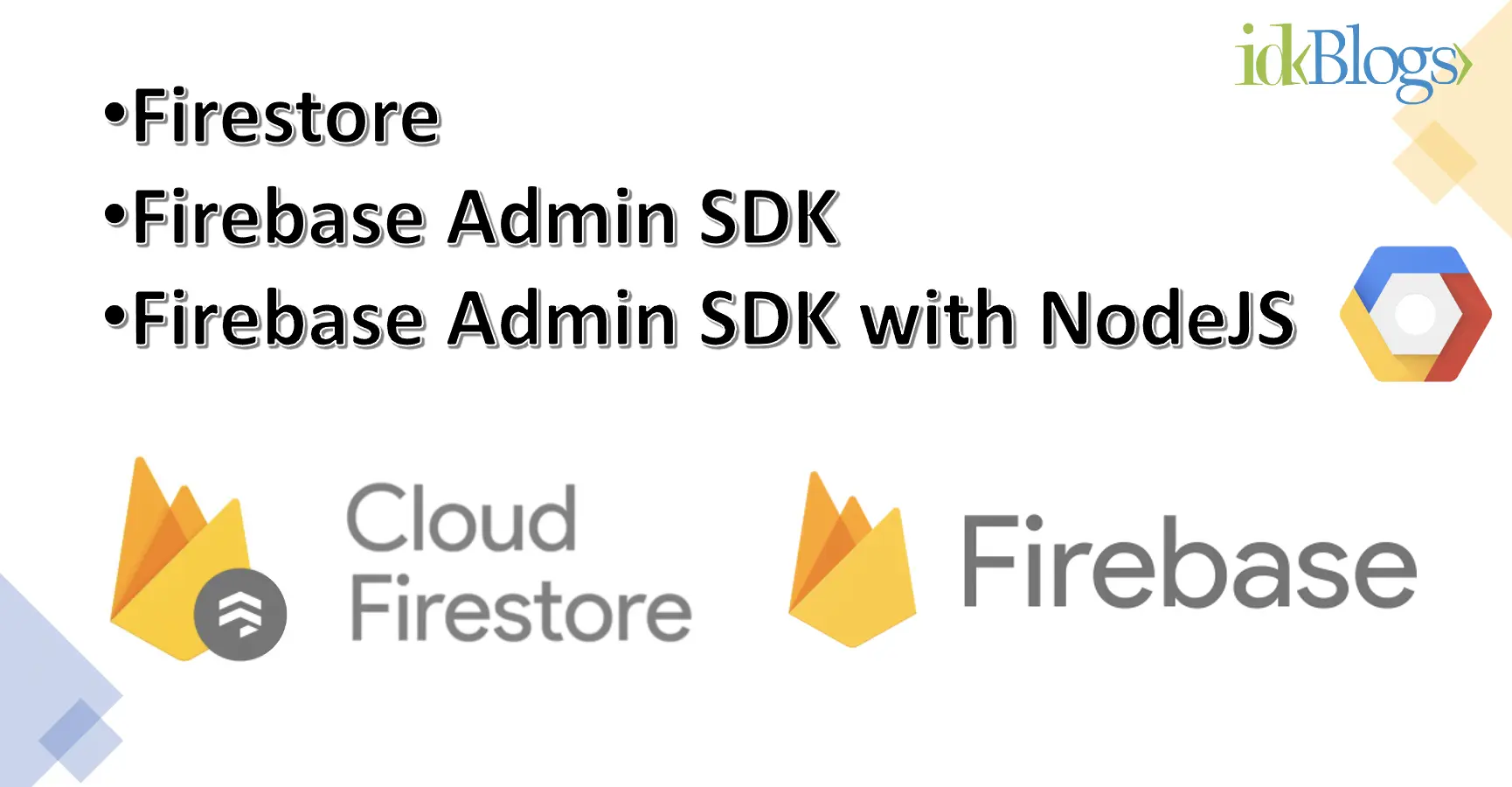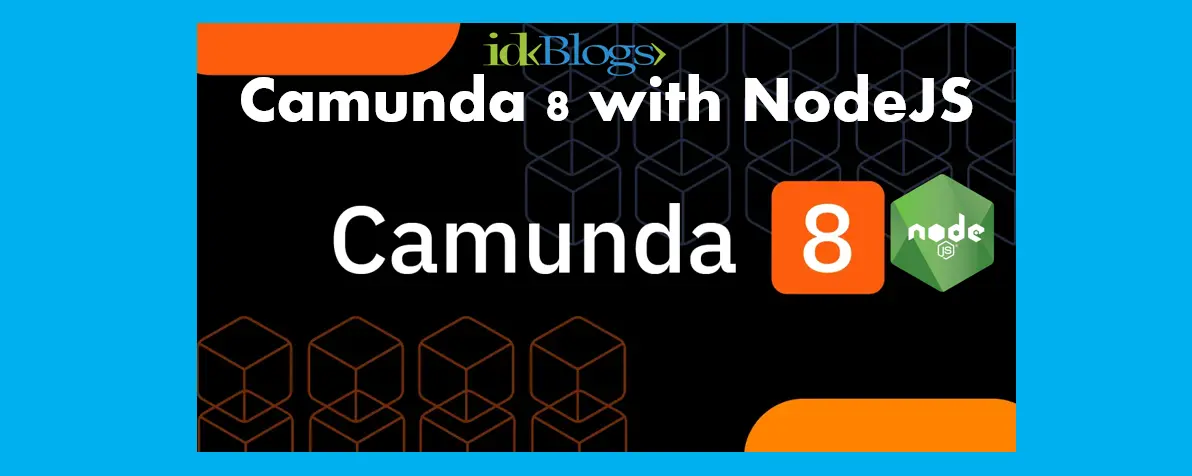
Introduction to Node.js: A Beginner's Guide to Understanding its Features and Popularity
Introduction
Node.js has emerged as a popular platform for building scalable and efficient web applications. As a beginner, understanding the fundamentals of Node.js, its features, and the reasons behind its growing popularity can provide you with a solid foundation for exploring this powerful technology. In this article, we will introduce Node.js, delve into its key features, and shed light on why it has gained such widespread adoption among developers.Node.js: What is it?
Node.js is an open-source, server-side JavaScript runtime environment built on Chrome's V8 JavaScript engine. It allows developers to run JavaScript code outside of the browser, enabling them to build fast, scalable, and event-driven applications.Key Features of Node.js
Non-blocking and Asynchronous Nature:
Node.js utilizes an event-driven, non-blocking I/O model, which enables it to handle concurrent connections efficiently. This makes it highly suitable for applications that require real-time updates and responsiveness.Lightweight and Efficient:
Node.js has a small memory footprint and offers high scalability. It can handle a large number of simultaneous connections with minimal resources, making it an ideal choice for building high-performance applications.NPM (Node Package Manager):
Node.js comes bundled with NPM, a powerful package manager that allows developers to easily install and manage third-party libraries and modules, accelerating the development process.Full-stack JavaScript Development:
With Node.js, developers can use JavaScript both on the front end (browser) and the back end (server), streamlining the development process and promoting code reuse.Rich Ecosystem and Community Support:
Node.js boasts a vibrant ecosystem with a wide range of libraries, frameworks, and tools. Its active community provides extensive support, resources, and regular updates, making it easier for developers to get started and solve challenges.Example
To illustrate the power of Node.js, let's look at a simple code snippet that creates a basic HTTP server:In this example, we import the http module, create an HTTP server, and define a response that sends the message "Hello, world!" to the client. The server listens on port 3000, and when a request is made, it responds with the defined message.
By exploring more complex examples, utilizing frameworks like Express.js, and leveraging the vast Node.js ecosystem, you can unlock the full potential of this powerful technology.
Advantages of Node.js:
High Performance:
Node.js utilizes a non-blocking, event-driven architecture that allows it to handle a large number of concurrent connections efficiently. This makes it highly scalable and capable of handling real-time applications with high traffic loads.Single Language for Full Stack:
With Node.js, you can use JavaScript for both the front end and back end development. This promotes code reuse, simplifies the development process, and allows developers to work seamlessly across different layers of an application.Large Ecosystem:
Node.js has a vast and active ecosystem with a wide range of open-source libraries, frameworks, and tools. This extensive ecosystem provides developers with a rich selection of modules and packages to expedite development and solve common challenges.Speedy Development:
Node.js, along with its package manager NPM, offers a vast collection of pre-built modules. These modules can be easily integrated into applications, reducing development time and effort.Real-time Applications:
Node.js is well-suited for building real-time applications, such as chat applications or collaborative tools, due to its event-driven nature and support for WebSockets.Disadvantages of Node.js:
Scalability Challenges:
While Node.js is highly scalable, it may face challenges when handling CPU-intensive tasks. Since Node.js runs on a single thread, a CPU-intensive operation can block the event loop, affecting the overall performance of the application.Callback Hell:
The asynchronous nature of Node.js can lead to complex and nested callback structures, commonly known as "callback hell." This can make the code harder to read, maintain, and debug. However, this issue can be mitigated by utilizing modern JavaScript features like Promises or async/await.Maturity of Libraries:
While the Node.js ecosystem is vast, some libraries and modules may be less mature or have fewer resources and documentation compared to more established technologies. This may require additional research and evaluation when choosing third-party dependencies.Not Suitable for CPU-Intensive Tasks:
As mentioned earlier, Node.js is not the best choice for CPU-bound tasks. If your application heavily relies on intensive calculations or heavy data processing, alternative technologies may be more suitable.Learning Curve:
For developers who are new to JavaScript or asynchronous programming, there may be a learning curve when transitioning to Node.js. Understanding concepts like callbacks, event-driven programming, and handling asynchronous operations is essential to harness the full power of Node.js.By carefully considering the advantages and disadvantages of Node.js, developers can make informed decisions and leverage its strengths to build high-performance, scalable applications.
Conclusion:
Node.js has revolutionized the way web applications are built, offering a powerful platform for server-side development. Its non-blocking, asynchronous nature, efficiency, and full-stack JavaScript capabilities have contributed to its popularity among developers worldwide. By leveraging Node.js, developers can create highly scalable, real-time applications with ease. As you dive into Node.js development, explore its rich ecosystem, experiment with various frameworks and libraries, and tap into the supportive community to enhance your skills and build remarkable applications.Related Keywords:
What is Node.js and how does it work?
Advantages of using Node.js for web development.
How to get started with Node.js and build your first application.
Best practices for Node.js development and performance optimization.
Real-world examples of popular applications built with Node.js.
Support our IDKBlogs team
Creating quality content takes time and resources, and we are committed to providing value to our
readers.
If you find my articles helpful or informative, please consider supporting us financially.
Any amount (10, 20, 50, 100, ....), no matter how small, will help us continue to produce
high-quality content.
Thank you for your support!
Thank you
I appreciate you taking the time to read this article. The more that you read, the more things you will know. The more that you learn, the more places you'll go.
If you’re interested in Node.js or JavaScript this link will help you a lot.
If you found this article is helpful, then please share this article's link to your friends to whom this is required, you can share this to your technical social media groups also.
You can follow us on our social media page for more updates and latest article updates.
To read more about the technologies, Please
subscribe us, You'll get the monthly newsletter having all the published
article of the last month.






![Implement Kafka Module with AWS Secrets Manager in NodeJS with TypeScript [Modularized Code] Implement Kafka Module with AWS Secrets Manager in NodeJS with TypeScript [Modularized Code]](../../../images/node/426_kafka/426_kafka_1.webp)








